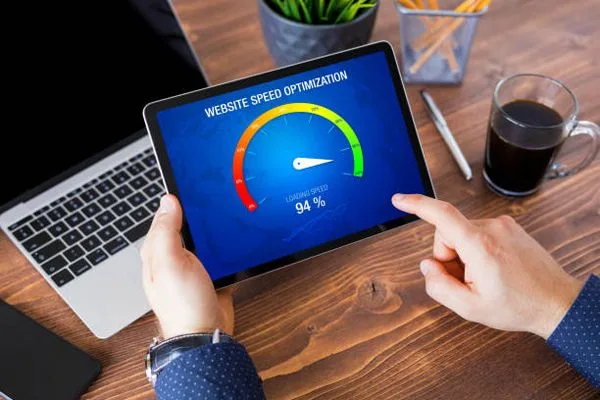SEO tutorial for beginners-Page Speed
SEO tutorial for beginners-Page Speed
Page speed, also known as website loading speed, is a crucial factor in both user experience and search engine optimization (SEO). A slow-loading website can lead to a poor user experience, higher bounce rates, and lower search engine rankings. Here are some key principles and practices for optimizing page speed:
1. Optimize Images:
- Compress and resize images without compromising quality. Use modern image formats like WebP, and consider lazy loading to load images only as users scroll down the page.
2. Minimize HTTP Requests:
- Reduce the number of requests a browser needs to make to load your page. Combine CSS and JavaScript files, use CSS sprites for icons, and limit the use of external scripts.
3. Enable Browser Caching:
- Set appropriate caching headers to allow browsers to cache static resources. This reduces the need to download the same files on subsequent visits.
4. Minify CSS and JavaScript:
- Minify (remove unnecessary characters and whitespace) CSS and JavaScript files to reduce their size. Use tools and plugins for automated minification.
5. Content Delivery Network (CDN):
- Use a Content Delivery Network to distribute your content across multiple servers geographically closer to your visitors. CDNs can serve content faster and reduce server load.
6. Enable Gzip Compression:
- Enable Gzip compression on your server to reduce the size of web pages, scripts, and styles before they are sent to the browser.
7. Prioritize Above-the-Fold Content:
- Load the most important, above-the-fold content first to give users a perception of faster loading, even if the entire page is not loaded yet.
8. Reduce Server Response Time:
- Optimize your server’s response time by using efficient server hardware, utilizing Content Management Systems (CMS) efficiently, and using reliable hosting services.
9. Avoid Render-Blocking Resources:
- Identify and address resources that block the rendering of your page. Use asynchronous loading for non-essential scripts, and consider deferring JavaScript when possible.
10. Use Efficient Code: – Write efficient and clean HTML, CSS, and JavaScript code. Remove unused code and dependencies to improve loading speed.
11. Mobile Optimization: – Ensure that your website is mobile-optimized. Smaller screens and limited bandwidth can impact page speed on mobile devices.
12. Eliminate Redirects: – Redirects add an extra step for the browser, slowing down page load times. Minimize the use of unnecessary redirects.
13. Check Third-Party Scripts: – Carefully evaluate the necessity of third-party scripts like tracking, analytics, or social media widgets. These can significantly impact loading times.
14. Use a Fast Hosting Provider: – Choose a reliable hosting provider that offers fast server response times and minimizes downtime.
15. Regular Monitoring: – Regularly monitor your website’s loading speed using tools like Google PageSpeed Insights, GTmetrix, or Pingdom. Address any issues promptly.
16. HTTPS: – Use HTTPS for secure connections. While encryption can add a minimal overhead, it’s a ranking factor, and secure websites are trusted by users.
17. Implement AMP (Accelerated Mobile Pages): – If applicable, consider implementing Accelerated Mobile Pages (AMP) for your content to provide a faster experience for mobile users.
Remember that improving page speed is an ongoing process. Regularly test and optimize your website’s performance to ensure a fast and efficient user experience. Faster-loading websites not only lead to better user engagement but also tend to rank higher in search engine results.
Learn more Click here
You must be logged in to post a comment.


